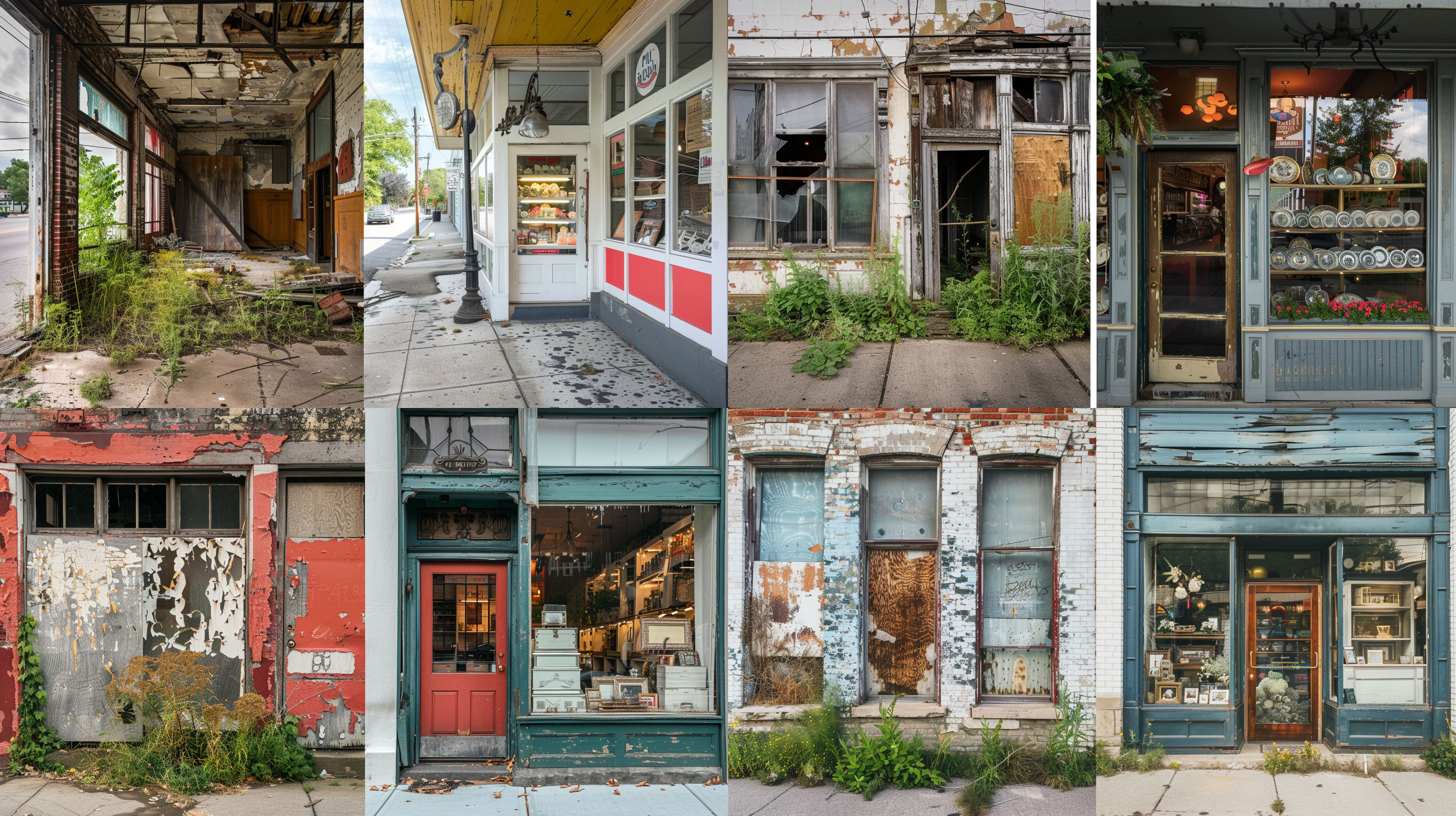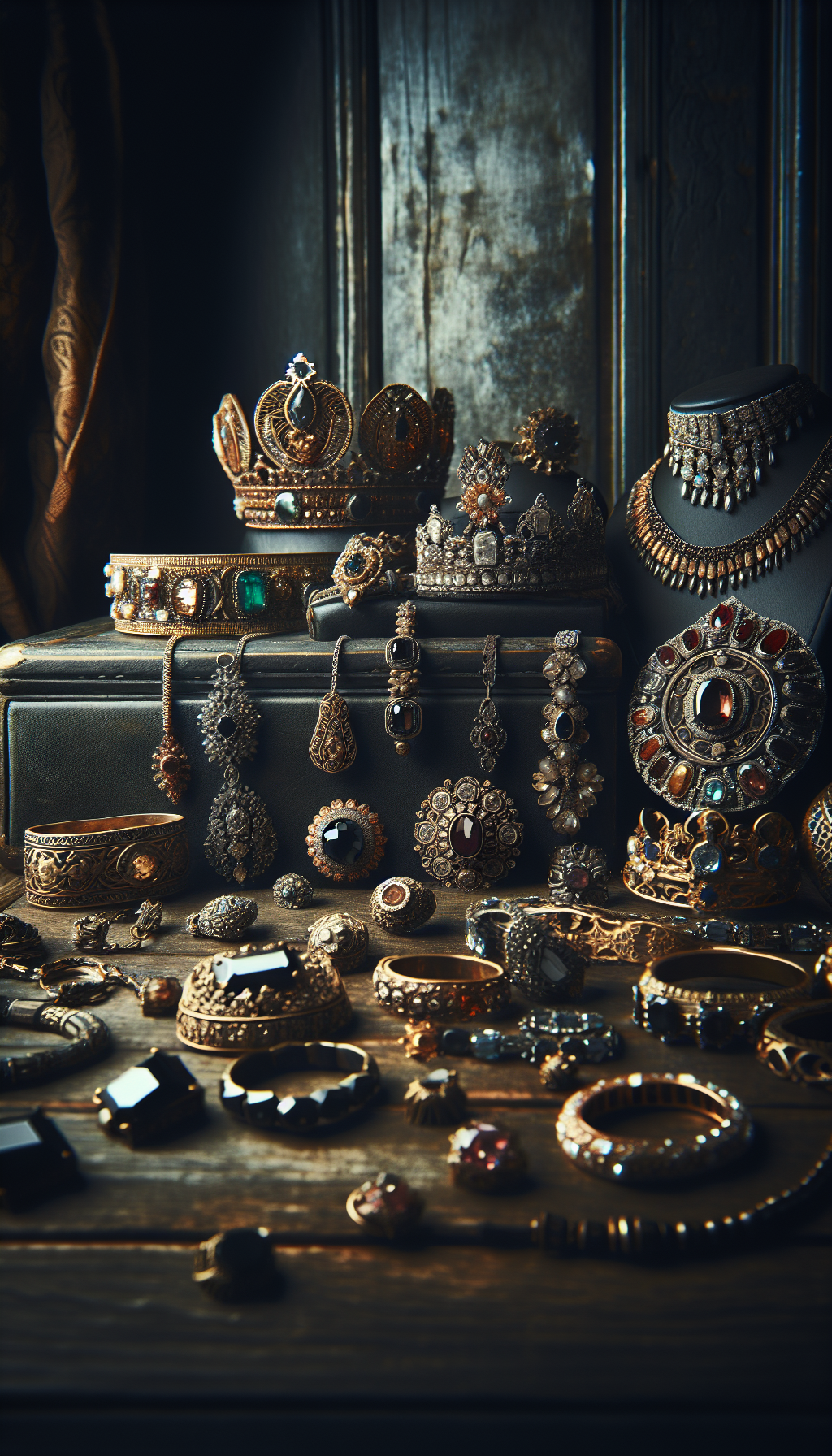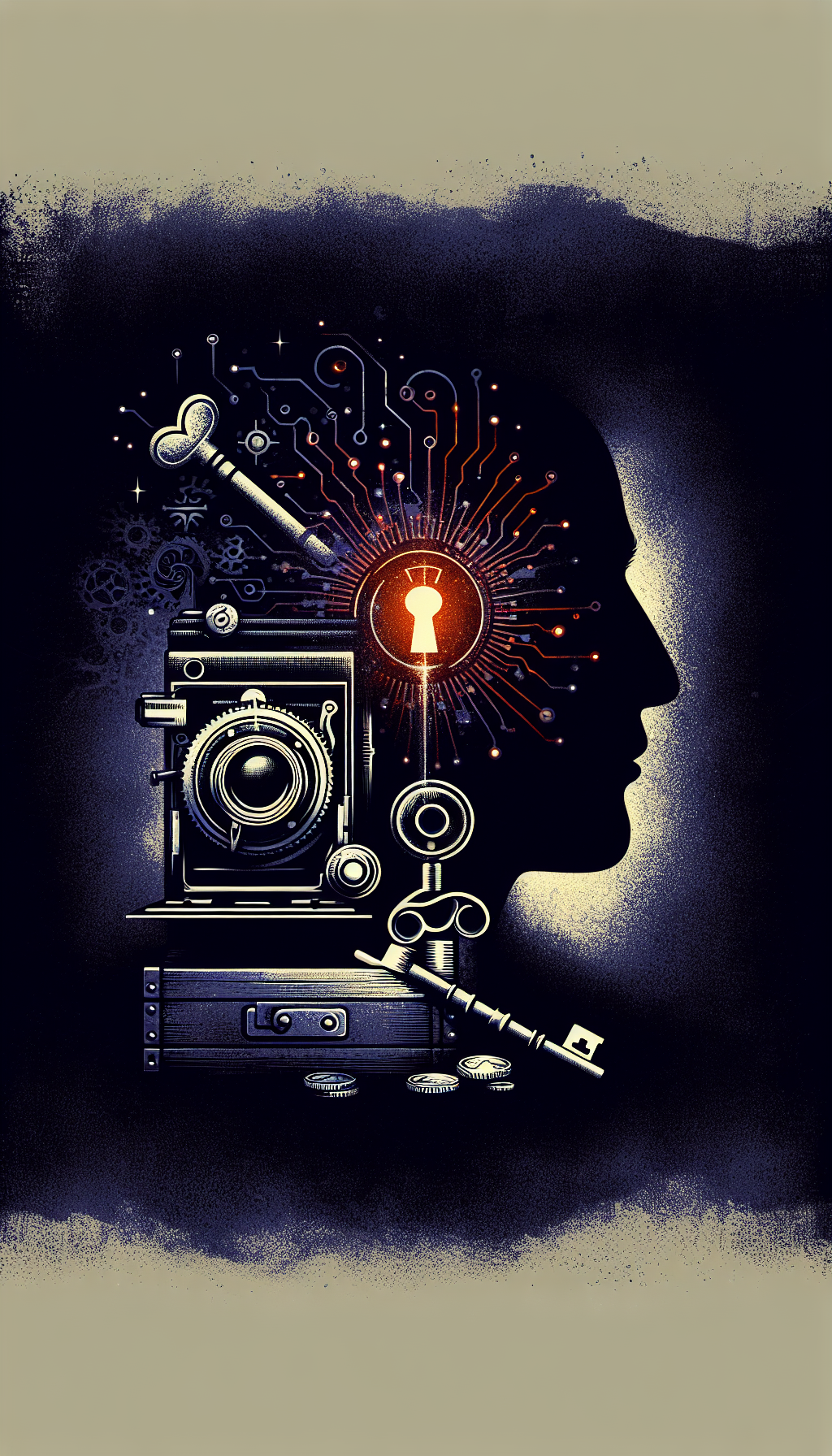Introduction to Antique Valuation
Understanding Antique Value
The world of antiques can be fascinating but complex. While some items maintain or increase in value over time, others once considered valuable may now fetch surprisingly little in today’s market. According to a recent article on Medium, many antiques that were worth significant sums in the 1990s have seen their values decline dramatically as collecting trends shift.
Determining the value of an antique requires consideration of multiple factors, including age, rarity, condition, provenance, and current market demand. In this comprehensive guide, we’ll explore the essential aspects of antique valuation, from DIY research methods to professional appraisal options.
Key Antique Market Statistics
Key Factors Affecting Antique Value
What Makes Antiques Valuable?
Age and Authenticity
Age is often a fundamental consideration in antique valuation. Generally, items must be at least 100 years old to be classified as true antiques, while those between 20-99 years old are typically considered “vintage.” However, age alone doesn’t guarantee value—authenticity is equally crucial.
To verify authenticity:
- Look for maker’s marks, signatures, or labels
- Research production techniques for the era
- Examine materials used (modern materials in supposedly old items are red flags)
- Consider consulting authentication experts for valuable pieces
Condition Assessment
Antique Condition Factors
Elements that impact value based on condition
- Original finish intact
- No significant damage or repairs
- All original parts present
- Signs of appropriate age/patina
- Functionality (if applicable)
- Original packaging or documentation
Condition dramatically impacts value, with mint or near-mint items commanding significant premiums. According to Old Crow’s Antiques, a pristine example might be worth several times more than the same item with damage or extensive restoration.
Rarity and Demand
The principles of supply and demand strongly influence antique values. Items produced in limited quantities or with few surviving examples typically command higher prices, particularly when demand is strong. Current collecting trends significantly impact value—what’s desirable today may not be tomorrow.
As noted in Martha Stewart, rare antiques can bring thousands or even millions of dollars. A notable example is the 1909-1911 “Jumbo” T206 Honus Wagner baseball card, which has sold for over $6 million due to its extreme rarity and collector demand.
Provenance and History
Provenance—the documented history of an item’s ownership—can significantly enhance value, especially for high-end antiques. Items with connections to historical events, famous individuals, or important collections often command premium prices.
Documentation that can enhance value includes:
- Original sales receipts
- Letters of authenticity
- Exhibition history
- Publication in reference books
- Photographic evidence of historical ownership
How to Research Antique Values
Research Methods for Antique Valuation
Online Auction and Sales Records
One of the most reliable ways to gauge current market value is by examining recent sales of comparable items. These resources provide excellent data:
- eBay Completed Listings: Shows actual selling prices (not just asking prices)
- LiveAuctioneers: Archives past auction results from hundreds of auction houses
- Invaluable: Another major auction aggregator with historical price data
- Heritage Auctions: Specializes in high-end collectibles with transparent pricing history
When using these resources, look for items as similar as possible to yours in terms of age, condition, and specific attributes.
Reference Price Guides
Popular Antique Price Guides
Recommended resources for price research
</tbody>
</table>
According to the Boston Public Library’s research guide, price guides like Kovels’ offer extensive listings that can help establish baseline values. While printed guides can become outdated, their detailed descriptions and images remain valuable for identification.
Digital Tools and Apps
Modern technology has made antique research more accessible than ever, with several apps designed to help identify and value items:
- Google Lens: As mentioned on Quora, this free tool can identify similar items and provide general market information
- RelicSnap: An antique identifier app that helps identify items through image recognition
- WorthPoint: Subscription-based service with an extensive price database
- Mearto: Offers quick preliminary estimates based on photos
Specialized Forums and Communities
Online communities can provide valuable insights, especially for niche collectibles:
- Reddit communities: Subreddits like r/Antiques and r/whatsthisworth offer identification help
- Collector-specific forums: Look for forums dedicated to your specific type of antique
- Facebook groups: Many specialized collecting groups exist with knowledgeable members
Professional Appraisal Options
When to Seek Professional Appraisals
Types of Professional Appraisals
Professional appraisals generally fall into several categories:
- Fair Market Value: Determines the price between a willing buyer and seller (used for donations and tax purposes)
- Insurance Replacement Value: Typically higher than market value, representing replacement cost
- Liquidation Value: Lower estimate based on quick-sale scenarios like estate liquidation
- Auction Estimate: Range indicating expected results at public auction
Finding Qualified Appraisers
When seeking professional valuation, credentials matter. Look for appraisers with:
- Membership in professional organizations like the International Society of Appraisers (ISA) or American Society of Appraisers (ASA)
- Specialization in your specific type of antique
- Clear fee structure (hourly rate vs. percentage of value)
- Willingness to provide written, formal appraisals
Online services like ValueMyStuff offer convenient options, providing expert appraisals from former Sotheby’s and Christie’s specialists within 24-48 hours, starting from $28 per item.
What to Expect During an Appraisal
A thorough professional appraisal typically involves:
- Physical examination of the item (or detailed photos for online services)
- Documentation of condition, measurements, and distinguishing features
- Research into comparable sales and market trends
- Written valuation with supporting evidence
- Explanation of value determinants
For insurance purposes, appraisals should be updated every 3-5 years as market values fluctuate.
Market Trends in Antique Values
Current Antique Market Trends
Categories Gaining Value
According to Veranda magazine, experts predict these antique categories will see strong demand in 2024:
- Mid-century modern furniture (particularly Scandinavian designs)
- Art Deco jewelry and accessories
- Asian antiques, especially Chinese porcelain
- Vintage watches from prestigious manufacturers
- Gustavian armoires and Swedish antiques
- Historical art with significant cultural relevance

Categories Declining in Value
Conversely, some previously valuable categories have seen significant decreases:
- Traditional brown furniture (Victorian, Colonial)
- Mass-produced collectibles from the 1980s-1990s
- Most china dinnerware sets and crystal
- Limited edition commemorative plates and figurines
- Silver-plated serving pieces and flatware
As noted in the Medium article by the Roanoke Collector, many items that commanded premium prices in the 1990s have lost significant value as younger collectors show less interest in formal dining items and traditional furnishings.
Shifting Antique Market Trends
- 1980s-1990s
Traditional Antique Boom
Period of high demand for Victorian furniture, fine china, and formal dining accessories. Prices reached historic highs for traditional antiques. - 2000-2010
Transition Period
Market began shifting as younger collectors showed less interest in formal pieces. Mid-century modern gained popularity while traditional "brown furniture" declined. - 2010-2020
Modern Vintage Era
Strong preference for functional, design-forward pieces from mid-20th century. Premium prices for designer items with cultural significance. - 2020-Present
Eclectic Collecting
Focus on unique statement pieces, cultural artifacts, and items with historical significance. Sustainability concerns driving interest in quality antiques.
Factors Influencing Market Changes
Several factors contribute to the evolving antique marketplace:
- Changing demographics and living spaces (smaller homes, less formal dining)
- Shifting aesthetic preferences toward minimalism and mid-century design
- Economic uncertainties driving interest in investment-grade pieces
- Sustainability concerns increasing interest in quality antiques over disposable furniture
- Digital marketplaces expanding access beyond traditional auction houses
Selling Antiques Effectively
Maximizing Value When Selling Antiques
Selecting the Right Selling Channel
According to a Reddit discussion, even lower-value items can be worth selling if you choose the appropriate venue:
- Online Marketplaces: eBay, Etsy, Facebook Marketplace, and Ruby Lane reach wide audiences
- Auction Houses: Best for higher-value items; commission rates typically range from 15-30%
- Antique Dealers: Offer immediate payment but at wholesale prices (typically 40-60% of retail)
- Consignment Shops: Lower commission than auctions (typically 30-50%) but slower sales
- Direct to Collectors: Best returns but requires networking and market knowledge
The optimal channel depends on the item’s value, rarity, and your time constraints. As one Reddit user noted, many sellers find that a mix of low-value items ($5-$20) and occasional high-value pieces creates a sustainable business model.
Presentation and Documentation
To maximize selling potential:
- Clean items appropriately (without damaging original finishes)
- Take high-quality photographs from multiple angles
- Provide detailed, accurate descriptions including measurements
- Document any provenance, history, or maker marks
- Be transparent about condition issues or repairs
- Include reference materials supporting value claims
Setting Realistic Expectations
Many sellers experience disappointment due to unrealistic value expectations. Remember:
- Retail price guides often reflect optimistic “asking prices,” not actual sales
- Family stories about value may not reflect current market realities
- Emotional attachment doesn’t translate to monetary value
- Market timing matters—some categories experience cyclical demand
- Patience may be required for maximizing value on specialty items
Antique Collection Management
Managing an Antique Collection
Documentation Systems
Creating comprehensive records for each piece helps with both insurance and potential future sales:
- Detailed inventory with descriptions and measurements
- Photographs from multiple angles
- Purchase information (date, source, price)
- Provenance documentation
- Appraisal records with dates
- Restoration or conservation history
- Research notes about maker, period, and significance
Digital inventory systems like Collectify, Airtable, or simple spreadsheets can help organize this information.
Insurance Considerations
Proper insurance for valuable antiques requires:
- Updated appraisals (generally every 3-5 years)
- Riders or special coverage for high-value items
- Documentation of condition and value
- Understanding of coverage limitations (breakage, mysterious disappearance, etc.)
- Consideration of specialized collectibles insurance for significant collections
Preservation Best Practices
Maintaining value requires proper preservation:
- Control environmental factors (temperature, humidity, light exposure)
- Use appropriate cleaning methods specific to materials
- Consider professional conservation for valuable or damaged items
- Implement proper display methods to prevent damage
- Understand when restoration helps or hurts value
Common Questions About Antique Valuation
Common Questions About Antique Values
Is there an app to check the value of antiques?
Yes, several apps can help identify and value antiques:
- Google Lens is freely available and can identify similar items through image recognition
- RelicSnap (Antique Identifier by Picture) offers specialized antique identification
- WorthPoint provides access to a vast database of sold prices (subscription required)
- Mearto offers quick preliminary estimates based on photos
However, apps should be considered starting points rather than definitive valuations, especially for rare or valuable items.
What is the best antique price guide?
The most highly regarded antique price guides include:
- Miller’s Antiques Handbook & Price Guide: Features over 5,000 color photographs and price ranges; considered an essential resource by many dealers and collectors
- Kovels’ Antiques & Collectibles Price Guide: Updated annually with 11,500+ listings and current market information
- Antique Trader Antiques & Collectibles Price Guide: Covers 150+ categories with 4,000+ color photos
Digital resources like WorthPoint’s Price Guide and LiveAuctioneer’s Past Auction Results are also valuable for current market values.
What is the best way to sell antiques?
The best selling method depends on your item's value, rarity, and your time constraints:
- High-value rare items: Specialized auction houses (Christie’s, Sotheby’s, Heritage)
- Mid-range collectibles: Online platforms (eBay, Etsy, Ruby Lane)
- General antiques: Local auction houses, consignment shops, antique malls
- Quick sales: Antique dealers (expect wholesale pricing)
Online platforms like eBay, Etsy, Facebook Marketplace, and RubyLane work well for self-sellers. For valuable pieces, specialized auction sites like LiveAuctioneers or Invaluable connect with appropriate buyers.
How do I know if my antique is valuable?
To determine if an antique might be valuable:
- Research maker’s marks, signatures, or labels to identify the manufacturer
- Verify authenticity and approximate age through materials and construction methods
- Assess condition objectively, noting any damage, repairs, or alterations
- Search online auction results for similar items that have recently sold
- Consult reference guides specific to your item category
- Consider professional appraisal for items that appear potentially valuable
Remember that age alone doesn’t guarantee value—condition, rarity, and current demand are equally important factors.
Why have some antiques lost significant value?
Several factors have contributed to value declines in certain antique categories:
- Changing lifestyles (smaller homes, casual dining, working from home)
- Shifting aesthetic preferences toward minimalism and mid-century modern
- Younger generations’ different priorities and living situations
- Oversupply of mass-produced "collectibles" from the 1980s-1990s
- Economic factors affecting discretionary spending
Traditional brown furniture, formal china, crystal, and silver serving pieces have experienced the most significant value declines as fewer young collectors enter these markets.
External Resources for Antique Valuation
Helpful Resources for Antique Valuation
Old Crow's Antiques: Finding Market Price
Comprehensive guide on how to identify valuable antiques and determine their market value through research and authentication.
ValueMyStuff Online Appraisal Service
Professional online appraisal service staffed by former Sotheby's and Christie's experts, providing valuations within 24-48 hours.
Boston Public Library: Antique Price Guides
Extensive resource list of price guides and reference materials for researching antique values across numerous categories.
Martha Stewart: How to Value and Sell Antiques
Practical advice on valuing and selling antique and vintage collectibles, with insights from industry experts.
Veranda: Most Valuable Antiques for 2024
Expert predictions on which antique and vintage pieces will see the highest demand and value appreciation in the current year.
Reddit: Antique Valuation Community
Community discussion with valuable insights on determining antique values and finding appropriate selling channels.
Conclusion
Final Thoughts on Antique Valuation
The journey to understanding antique values begins with education—learning about your specific items, their historical context, and current market conditions. While online resources and price guides provide excellent starting points, professional appraisals remain essential for valuable pieces or when making significant financial decisions.
Remember that valuation is not an exact science—it’s influenced by market fluctuations, changing tastes, and economic conditions. What’s devalued today may become tomorrow’s highly sought-after treasure as collecting trends cycle over time.
For those with significant antique holdings, establishing relationships with reputable dealers, appraisers, and auction specialists can provide ongoing guidance in managing your collection for both preservation and potential value appreciation.
Whether you’re liquidating an estate, insuring a collection, or simply curious about family heirlooms, approaching antique valuation with thorough research and realistic expectations will help you make informed decisions about these tangible connections to our shared history.
Get a Professional Appraisal
Unsure about your item’s value? Our certified experts provide fast, written appraisals you can trust.
- Expert report with photos and comps
- Fast turnaround
- Fixed, upfront pricing
No obligation. Secure upload.
| Category | Price | Notes |
|---|---|---|
| Kovels' Antiques & Collectibles Price Guide | $29.99 | 11,500+ listings with photos; updated annually |
| Miller's Antiques Handbook & Price Guide | $45.00 | 5,000+ color photos; comprehensive market analysis |
| Antique Trader Antiques & Collectibles Price Guide | $22.99 | 4,000+ color photos; covers 150+ categories |
| Warman's Antiques & Collectibles | $24.99 | Strong focus on American antiques; detailed descriptions |




